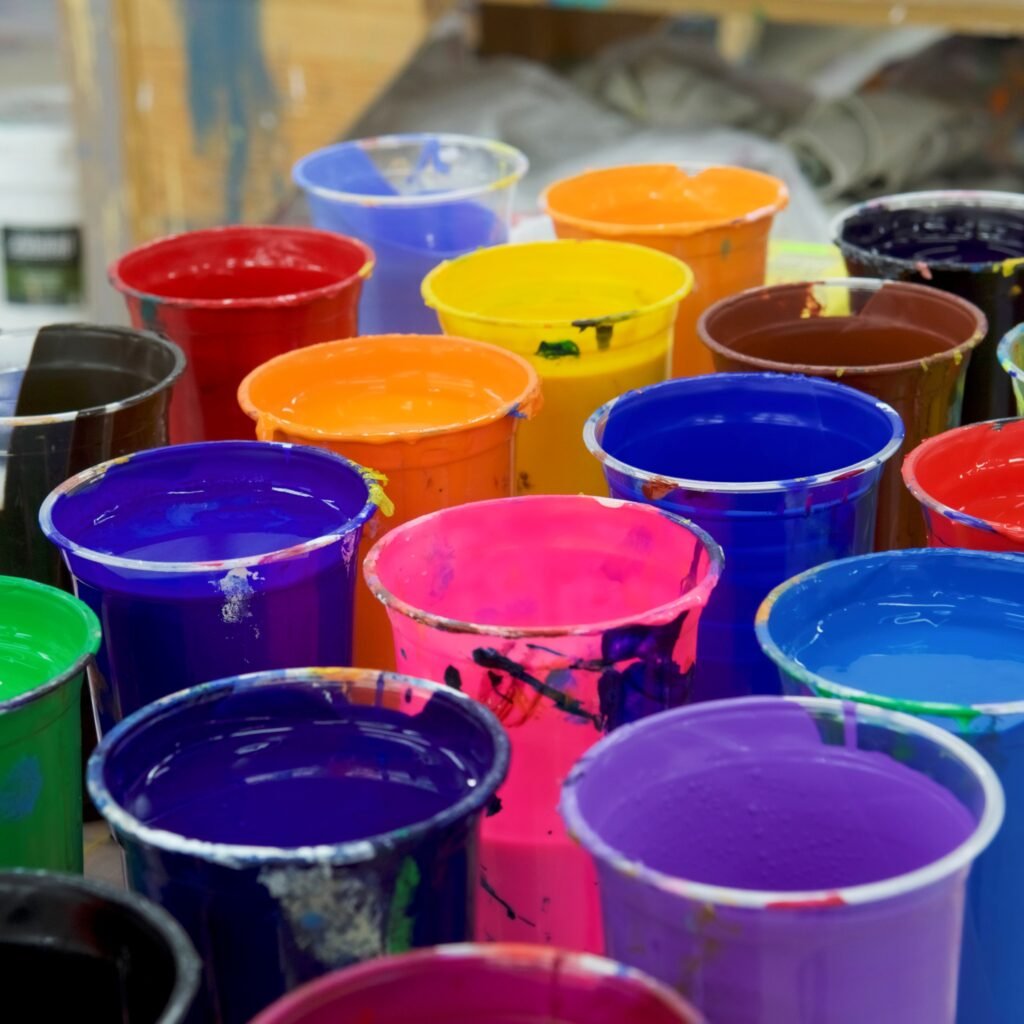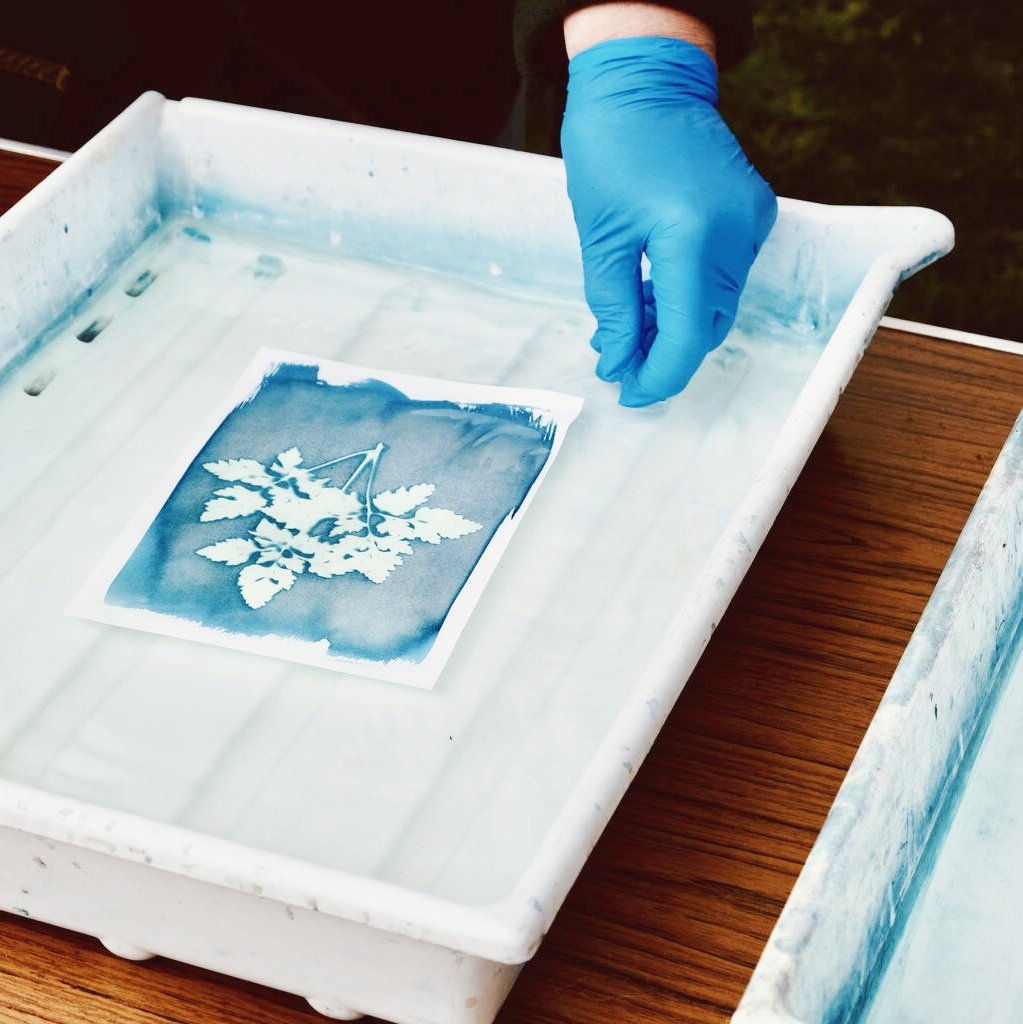In the world of screen printing, ink choice is crucial for achieving the desired aesthetic and functionality. Among the various types of inks available, pastel plastisol inks have gained popularity due to their soft, muted color palette and versatility. However, as consumers become increasingly conscious of their environmental impact and product safety, the question arises: are pastel plastisol inks eco-friendly and safe to use? This article will delve into the characteristics of pastel plastisol inks, their environmental footprint, safety considerations, and how they compare to other ink types, such as Pantone for big rubber and plastisol ink, including specific shades like Pantone Green C plastisol ink and Pantone Green plastisol ink, as well as explore the intriguing world of photo chromatic plastisol inks.
Understanding Pastel Plastisol Inks
Pastel plastisol inks are a type of ink formulated with plasticizers and pigments suspended in a liquid carrier. They are known for their bright, soft hues that add a delicate touch to any printed fabric or surface. Unlike water-based inks, plastisol inks require heat to cure, which means they undergo a chemical change that binds them to the substrate, resulting in durable, long-lasting prints. Pastel plastisol inks offer a wide range of colors, including custom matches to popular Pantone shades like Pantone Green C plastisol ink and Pantone Green plastisol ink, making them a versatile choice for designers and printers.
Pastel plastisol inks are particularly favored in the apparel industry due to their ability to produce vibrant, opaque prints on dark fabrics. They are also used in signage, automotive graphics, and promotional materials, thanks to their durability and resistance to fading and cracking.
Environmental Impact of Pastel Plastisol Inks
The environmental footprint of pastel plastisol inks is a complex issue. On one hand, they are formulated with pigments and plasticizers that can have a negative impact on the environment if not properly disposed of. Furthermore, the curing process involves the release of volatile organic compounds (VOCs), which can contribute to air pollution. However, advancements in ink technology have led to the development of more eco-friendly pastel plastisol inks that use biodegradable plasticizers and low-VOC formulations.
Manufacturers are increasingly adopting sustainable practices, such as recycling ink containers and using renewable energy sources in production processes. Additionally, some ink suppliers offer ink recycling programs, which can significantly reduce waste and environmental impact. When considering the environmental footprint of pastel plastisol inks, it’s important to choose products from manufacturers committed to sustainability and eco-friendly practices.
Moreover, the use of pastel plastisol inks in conjunction with eco-friendly printing techniques, such as waterless printing and digital printing, can further minimize the environmental impact of the printing process. These techniques reduce waste, energy consumption, and emissions, making them a more sustainable choice for businesses looking to reduce their carbon footprint.
Safety Considerations for Pastel Plastisol Inks
The safety of pastel plastisol inks is another concern for both printers and consumers. While the inks themselves are not inherently toxic, they contain chemicals that can pose health risks if not handled properly. Printers should always wear protective gear, such as gloves and masks, when working with inks to prevent skin and respiratory irritation. Additionally, proper ventilation is essential to minimize exposure to VOCs during the curing process.
Once applied and cured, pastel plastisol inks are non-toxic and safe for use on clothing and other fabric items. The inks are designed to be durable and resistant to fading, cracking, and peeling, making them a safe and reliable choice for printed products. However, it’s important to note that not all pastel plastisol inks are created equal, and some may contain higher levels of volatile compounds or heavy metals. Therefore, it’s crucial to choose inks from reputable manufacturers that prioritize safety and compliance with industry standards.
Comparison to Other Ink Types
When comparing pastel plastisol inks to other types of inks, such as water-based inks or discharge inks, it’s essential to consider both the environmental impact and the final printed product. Water-based inks are generally considered more eco-friendly due to their lower VOC emissions and reduced waste. However, they may not offer the same opacity or durability as pastel plastisol inks, especially on dark fabrics.
Discharge inks, on the other hand, work by removing the color from the fabric and replacing it with the printed design, which can achieve a softer hand feel and better color fastness. However, discharge inks are not suitable for all fabric types and may require additional pretreatment steps.
Pastel plastisol inks offer a unique combination of bright colors, durability, and versatility that makes them a popular choice for many printing applications. Additionally, advancements in ink technology have led to the development of more eco-friendly and safe pastel plastisol inks that meet or exceed industry standards for environmental performance and safety.
Photo chromatic plastisol inks, a subset of pastel plastisol inks, add an extra layer of intrigue to printed products. These inks change color when exposed to UV light, creating a dynamic and visually striking effect. While they may have a slightly higher environmental impact due to the added complexity of their formulation, photo chromatic plastisol inks offer a unique aesthetic that can significantly enhance the appeal of printed materials.
Conclusion
In conclusion, pastel plastisol inks are a versatile and popular choice for screen printing applications, offering bright colors, durability, and opacity. While concerns about their environmental impact and safety are valid, advancements in ink technology and sustainable practices have led to the development of more eco-friendly and safe pastel plastisol inks. By choosing inks from reputable manufacturers committed to sustainability and safety, printers can minimize the environmental footprint and health risks associated with pastel plastisol inks.
When considering pastel plastisol inks for your printing needs, it’s essential to weigh the benefits and drawbacks against other ink types and prioritize eco-friendly and safe practices throughout the printing process. With the right ink choice and printing techniques, pastel plastisol inks can create stunning, durable prints that are both beautiful and environmentally responsible.



